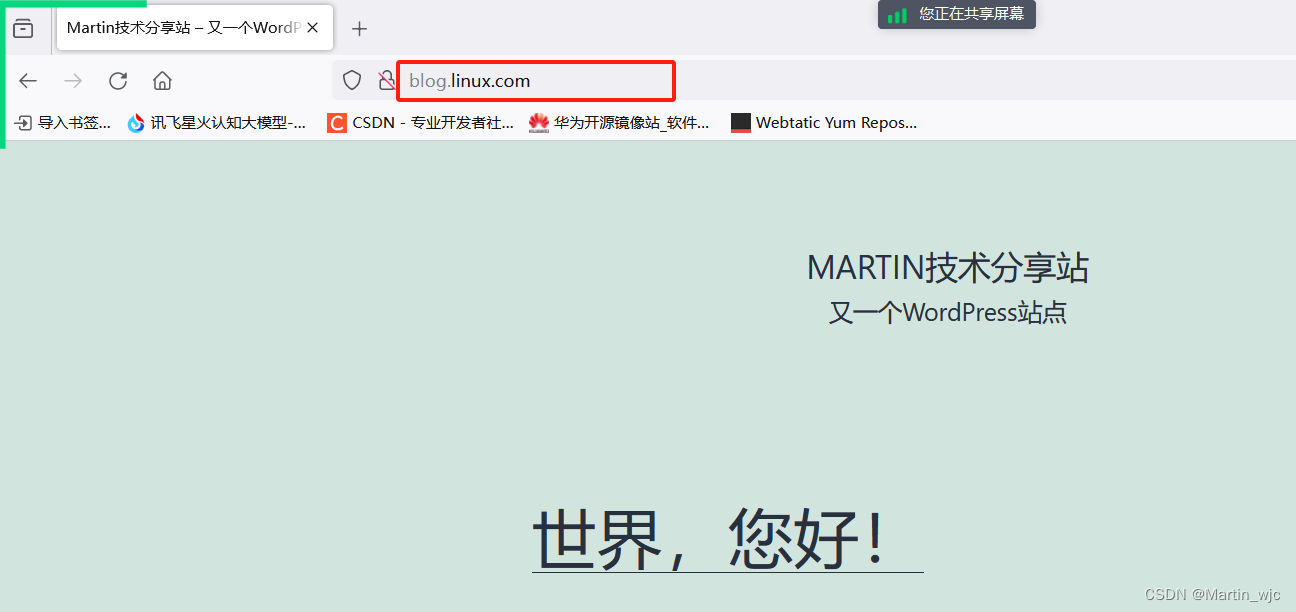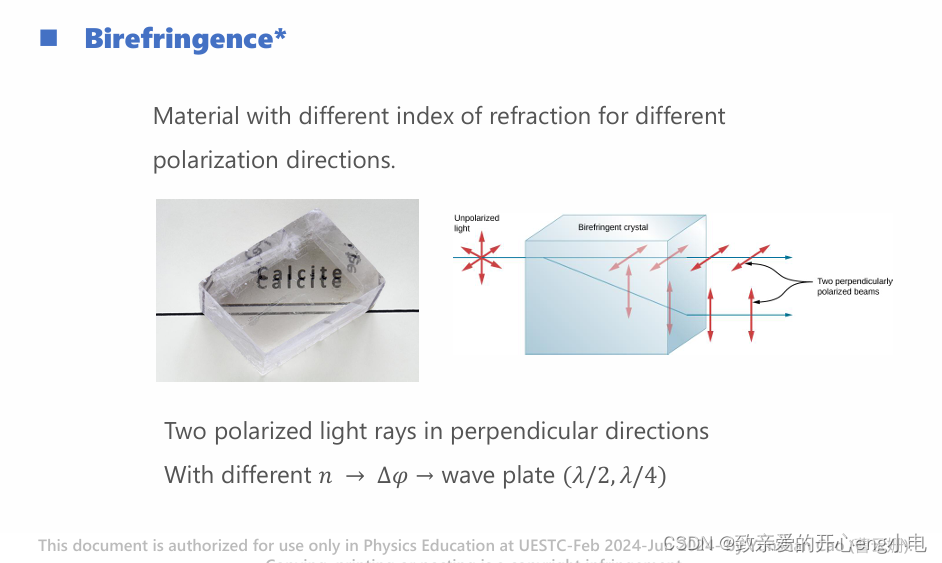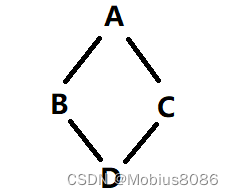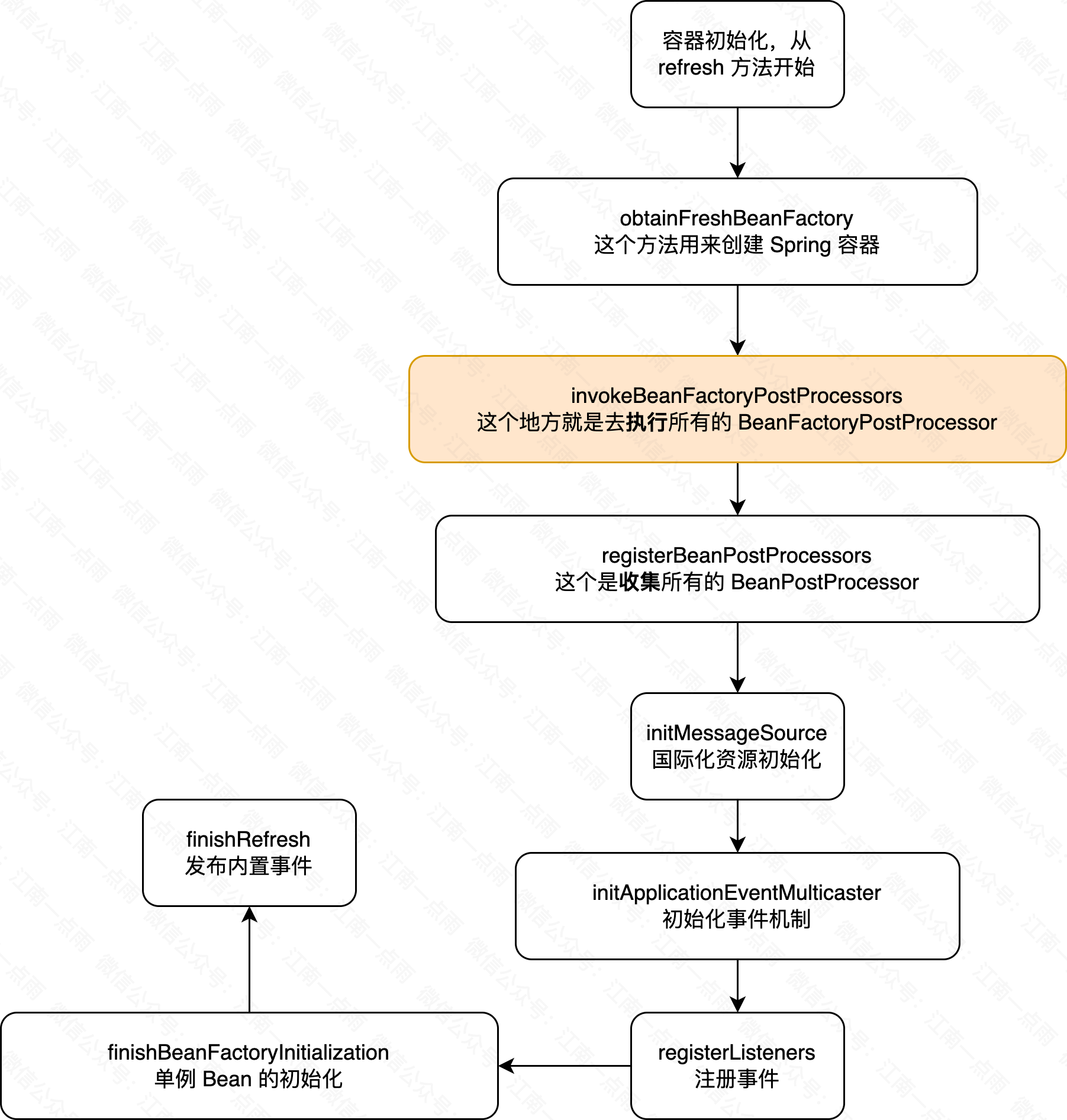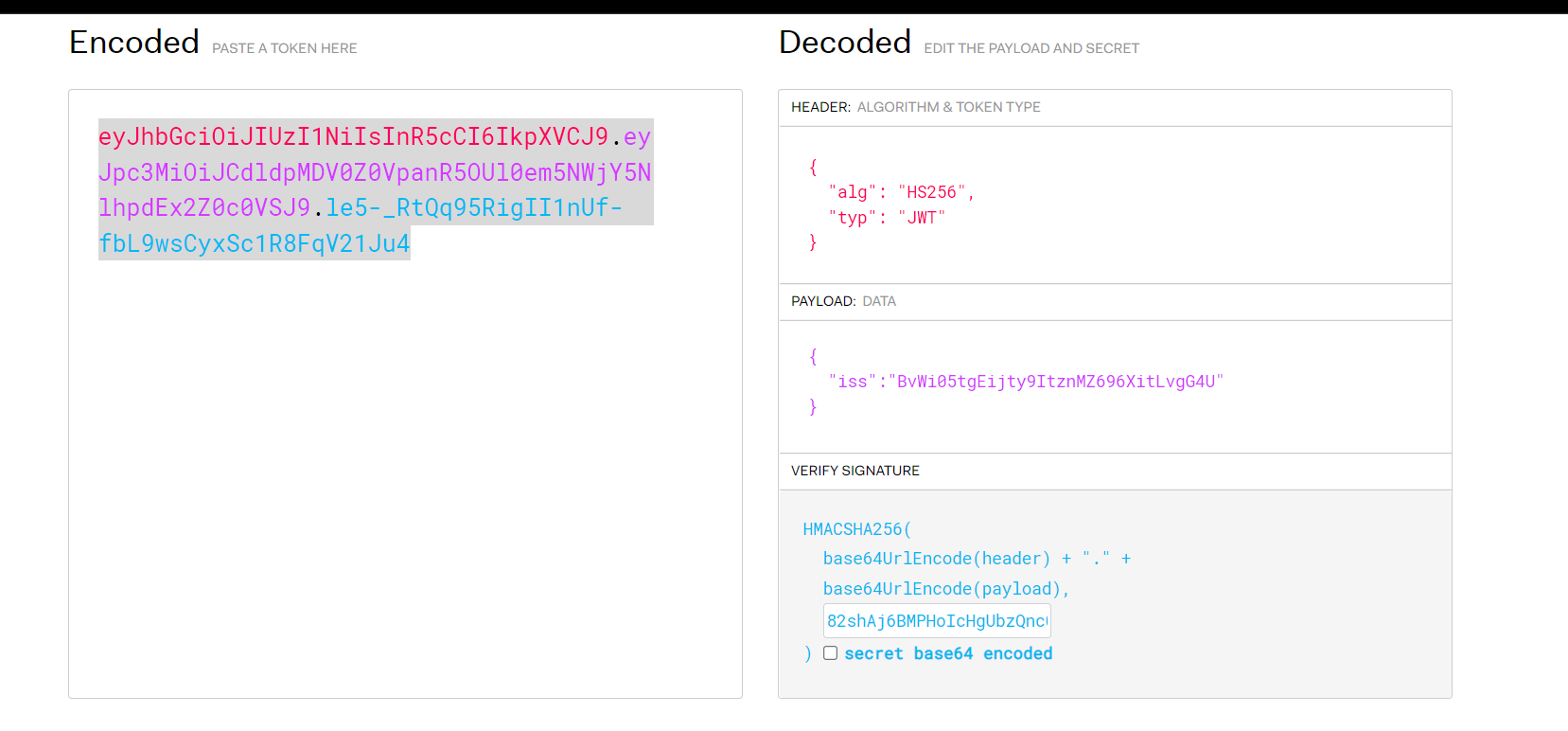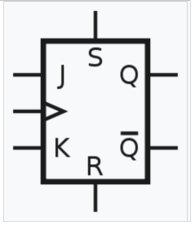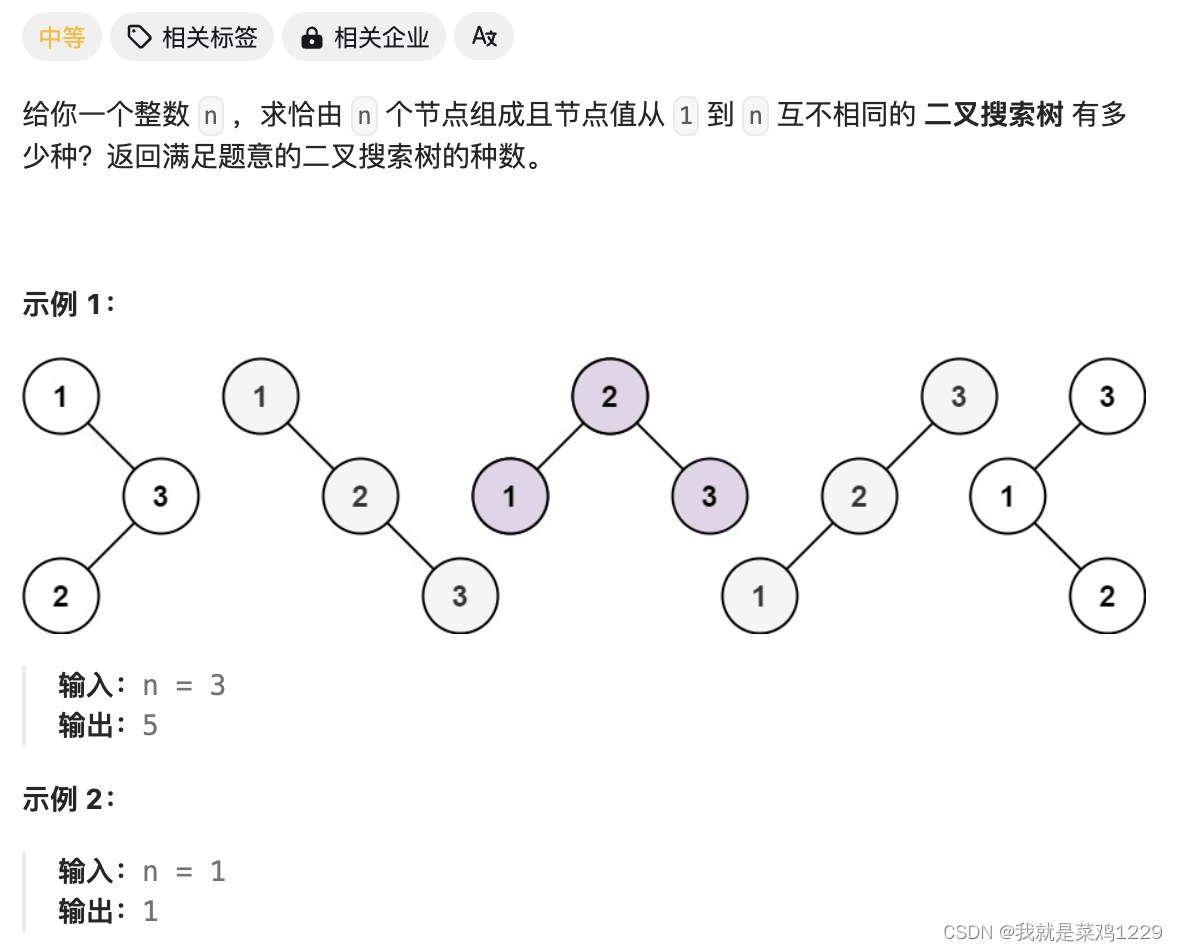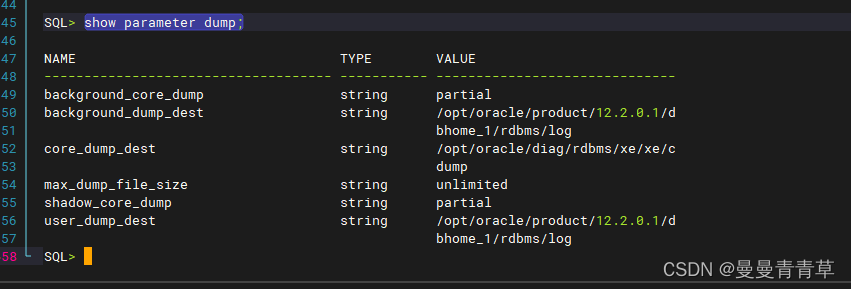在 Java 编程中,Map 是用于存储键值对。它提供了快速的查找和检索功能,是处理大量数据的理想选择。
本文将深入介绍 Java 中的 Map 集合,包括其基本概念、常见实现类、典型用法以及一些常见问题的解决方案。
1. Map 的基本概念
Map 是一种键值对的集合,每个键对应一个值。在 Java 中, Map 是一个接口,常用的实现类有 HashMap 、 TreeMap 和 LinkedHashMap。
让我们先看一个简单的例子:
import java.util.HashMap;
import java.util.Map;
public class MapExample {
public static void main(String[] args) {
// 创建一个HashMap实例
Map<String, Integer> studentScores = new HashMap<>();
// 添加键值对
studentScores.put("Alice", 95);
studentScores.put("Bob", 88);
studentScores.put("Charlie", 92);
// 获取值
int aliceScore = studentScores.get("Alice");
System.out.println("Alice's score: " + aliceScore);
// 遍历Map
for (Map.Entry<String, Integer> entry : studentScores.entrySet()) {
System.out.println(entry.getKey() + ": " + entry.getValue());
}
}
}
输出结果

2. 常见的Map实现类
2.1 HashMap
HashMap 是最常用的 Map 实现类之一,它基于哈希表实现,提供了快速的插入、删除和查找操作。
然而,它不保证元素的顺序。
Map<String, String> capitalCities = new HashMap<>();
capitalCities.put("China", "Beijing");
capitalCities.put("USA", "Washington, D.C.");
capitalCities.put("India", "New Delhi");
// 遍历Map
for (Map.Entry<String, String> entry : capitalCities.entrySet()) {
System.out.println(entry.getKey() + ": " + entry.getValue());
}
输出结果

2.2 TreeMap
TreeMap 是基于红黑树实现的 Map,它保持了元素的自然排序。这意味着键按升序排列。
Map<String, String> fruitPrices = new TreeMap<>();
fruitPrices.put("Apple", "$1.00");
fruitPrices.put("Strawberry","$9");
fruitPrices.put("Banana", "$0.75");
fruitPrices.put("Orange", "$1.25");
// 遍历Map
for (Map.Entry<String, String> entry : fruitPrices.entrySet()) {
System.out.println(entry.getKey() + ": " + entry.getValue());
}
输出结果

2.3 LinkedHashMap
LinkedHashMap 继承自 HashMap,它保持了元素的插入顺序。这使得遍历时能够按照插入的顺序进行。
Map<String, String> programmingLanguages = new LinkedHashMap<>();
programmingLanguages.put("Java", "High");
programmingLanguages.put("C++", "Medium");
programmingLanguages.put("Python", "High");
// 遍历Map
for (Map.Entry<String, String> entry : programmingLanguages.entrySet()) {
System.out.println(entry.getKey() + ": " + entry.getValue());
}
输出结果

3. 典型用法
3.1 遍历Map
使用 entrySet() 方法遍历 Map,这比通过 keySet() 遍历键更高效,尤其是对于大型 Map。
Map<String, Integer> population = new HashMap<>();
// 添加键值对...
for (Map.Entry<String, Integer> entry : population.entrySet()) {
System.out.println(entry.getKey() + " has population: " + entry.getValue());
}
3.2 判断是否包含某个键或值
Map<String, String> countries = new HashMap<>();
// 添加键值对...
if (countries.containsKey("USA")) {
System.out.println("USA is in the map.");
}
if (countries.containsValue("Paris")) {
System.out.println("Paris is a value in the map.");
}
3.3 替换和删除元素
Map<String, String> colors = new HashMap<>();
// 添加键值对...
colors.replace("Red", "Crimson"); // 替换值
colors.remove("Blue"); // 删除键值对
4. 常见问题解决方案
4.1 处理不存在的键
使用 getOrDefault()方法可以在键不存在时提供一个默认值,避免返回null。
Map<String, String> fruits = new HashMap<>();
// 添加键值对...
String appleColor = fruits.getOrDefault("Apple", "Unknown");
System.out.println("Apple's color is: " + appleColor);
4.2 合并两个Map
Map<String, Integer> map1 = new HashMap<>();
Map<String, Integer> map2 = new HashMap<>();
// 向两个Map中添加键值对...
map2.forEach((key, value) -> map1.merge(key, value, Integer::sum));
总结
Map 是 Java 中强大而灵活的数据结构,适用于各种场景。了解不同实现类的特性和用法,以及掌握常见问题的解决方案,将使你在日常编程中更加得心应手。
希望今天的内容对初学 Java 的朋友有所启发或者帮助。各位,有帮助点个赞或在看呀:-),这对我非常重要。

